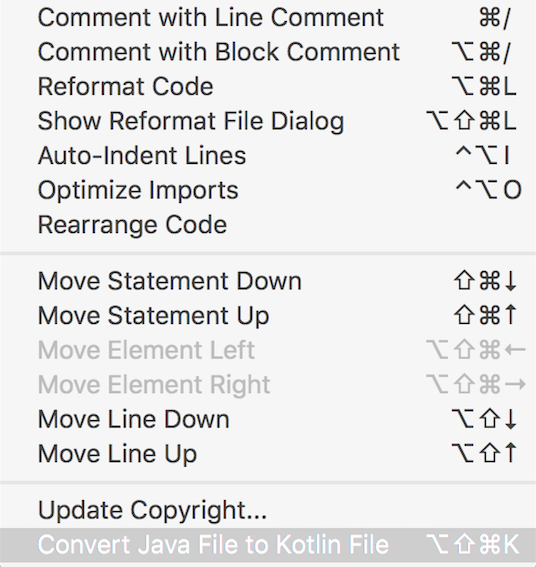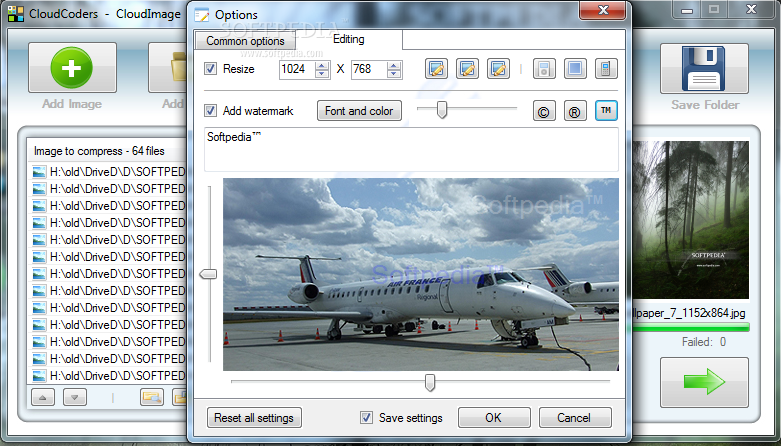

- #PERFECT RENAME NOT CONVERTING HOW TO#
- #PERFECT RENAME NOT CONVERTING MAC OS X#
- #PERFECT RENAME NOT CONVERTING CODE#
- #PERFECT RENAME NOT CONVERTING WINDOWS#
Non-descriptive file names are usually system-generated sequential numerical strings, such as a digital ID number and are often linked to metadata stored elsewhere. However, inconsistent application of terms or typos will contribute to indexing and sorting errors. Descriptive file names are useful for small, well-defined projects with existing identification schemes that link the digital object to the source material. File naming is also an important consideration when transferring files via the Internet, where it may not be evident what computer platform was used when the files were originally created.įile names can be either descriptive or non-descriptive.

#PERFECT RENAME NOT CONVERTING MAC OS X#
However, it is still possible to run into problems related to filename length.Īdopting good file naming conventions can help ensure that files will work with different operating systems and disk formats, such as Windows, Linux, Mac OS X and UNIX. These computers used the 8.3 filename which allowed eight characters to the left of a period with three characters to the right to tell the computer which application to use to display it. Most file systems today, and the operating systems that incorporate them, support much longer file names than the personal computers that ran Microsoft DOS and early versions of Windows. Cell phones, tape drives, networking equipment, televisions, and even digital cameras support file systems today.
#PERFECT RENAME NOT CONVERTING WINDOWS#
While the vast majority of desktop computers still use Microsoft Windows or the Macintosh OS, there remain many other operating systems (and file systems ) that can interact with files at different points. The adoption of the UNICODE standard for character encoding and cross compatibility between operating systems has made problems opening a file received as an attachment to an email, downloaded from a web site, or accessed on a cloud storage platform extremely rare, but problems can still occur. Median :26.00 Mode :character Median :35.Advances in computing have made moving files between different platforms much easier than just a few years ago. When I run the function summary (), that is not what I get, as you can see below.ĭat <- my_data(sex=sample(c("Frau", "Mann"), 10, replace=TRUE)) The fictitious data below should be binary, meaning almost all answers should be coded 0=no and 1=yes, or 0=female and 1=male. Sorry for bothering with something so obvious, but here is my problem still. Let’s have a look how the data looks like:
#PERFECT RENAME NOT CONVERTING HOW TO#
For further illustration, I’m going to show you in the following tutorial how to rename a column in R, based on 3 reproducible examples.įor the following examples, I’m going to use the iris data set.
#PERFECT RENAME NOT CONVERTING CODE#
However, depending on your specific data situation, a different R syntax might be needed.ĭo you need to change only one column name in R? Would you like to rename all columns of your data frame? Or do you want to replace some variable names of your data, but keep the other columns like they are?Ībove, you can find the basic R code for these three data situations. Colnames (data ) <- "New_Name" # Change colnames of all columnsĬolnames (data ) <- c ( "New_Name1", "New_Name2", "New_Name3" ) # Change colnames of some columnsĬolnames (data ) <- c ( "New_Name1", "New_Name2" )Ĭolnames(data) <- "New_Name"Ĭolnames(data) <- c("New_Name1", "New_Name2", "New_Name3")Ĭolnames(data) <- c("New_Name1", "New_Name2")Īs R user you will agree: To rename column names is one of the most often applied data manipulations in R.


 0 kommentar(er)
0 kommentar(er)
